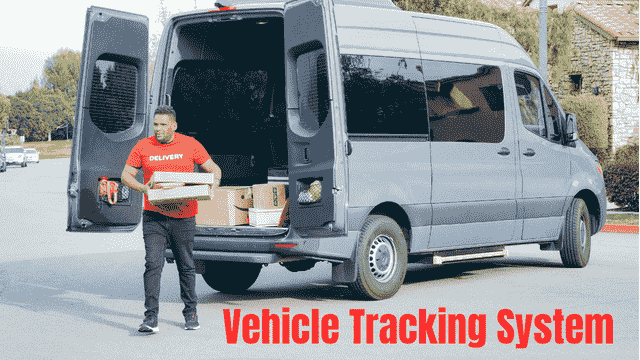In today’s fast-paced world, logistics companies need to be able to track their delivery vehicles in real-time to ensure they reach their destinations on time. This is where a delivery vehicle tracking system comes in. This powerful tool allows logistics companies to monitor their fleet’s movements, optimize routes, and ensure timely delivery.
In this article, we’ll look at a delivery vehicle tracking system, how it works, and how it can benefit logistics companies. We’ll also answer frequently asked questions about this technology and explore the future of delivery vehicle tracking.
What is a Delivery Vehicle Tracking System?
A delivery vehicle tracking system is a technology that allows logistics companies to track their delivery vehicles in real time. This system uses GPS tracking technology to monitor the location, speed, and direction of each vehicle in the fleet. The information is then sent to a central system that allows managers to monitor the fleet’s movements and make real-time decisions about route optimization, delivery times, and more.
Best GPS Fleet Managment System 2023 : See NOW
How Does a Delivery Vehicle Tracking System Work?
A delivery vehicle tracking system works by installing GPS tracking devices in each vehicle in the fleet. These devices are connected to a central system that receives real-time updates on each vehicle’s location, speed, and direction. The central system then processes this information and displays it on a map or dashboard that logistics managers can access.
Benefits of a Delivery Vehicle Tracking System:
A delivery vehicle tracking system offers several benefits to logistics companies, including:
- Improved Route Optimization: With real-time data on each vehicle’s location and movement, logistics managers can optimize routes to reduce travel time, fuel consumption, and costs.
- Enhanced Fleet Management: By monitoring the fleet’s movements, logistics managers can identify potential issues before they become problems, such as vehicles running behind schedule or breaking down.
- Improved Customer Service: With the ability to track delivery vehicles in real time, logistics companies can provide accurate delivery times to customers, enhancing their satisfaction and loyalty.
- Increased Security: A delivery vehicle tracking system can help reduce the risk of theft or unauthorized use of vehicles, as managers can quickly locate any missing or stolen vehicles.

FAQs:
Q: Is a delivery vehicle tracking system expensive to install?
A: The cost of installing a delivery vehicle tracking system varies depending on the fleet size, the technology used, and the level of customization required. However, the system’s benefits often outweigh the initial cost, making it a worthwhile investment for logistics companies.
Q: Can a delivery vehicle tracking system be integrated with other logistics tools?
A: A delivery vehicle tracking system can be integrated with other logistics tools, such as route planning software, inventory management systems, and warehouse management systems, to create a comprehensive logistics solution.
Q: Can a delivery vehicle tracking system help reduce fuel costs?
A: A delivery vehicle tracking system can help reduce fuel costs and improve overall fleet efficiency by optimizing routes and reducing idle time.
Conclusion:
A delivery vehicle tracking system is a powerful tool for logistics companies looking to optimize their fleet’s movements, reduce costs, and enhance customer service. Logistics managers can make informed decisions about route optimization, delivery times, and more by providing real-time data on each vehicle’s location, speed, and direction. If you’re a logistics company looking to improve your operations, consider investing in a delivery vehicle tracking system today.
GPS location tracker: See NOW
